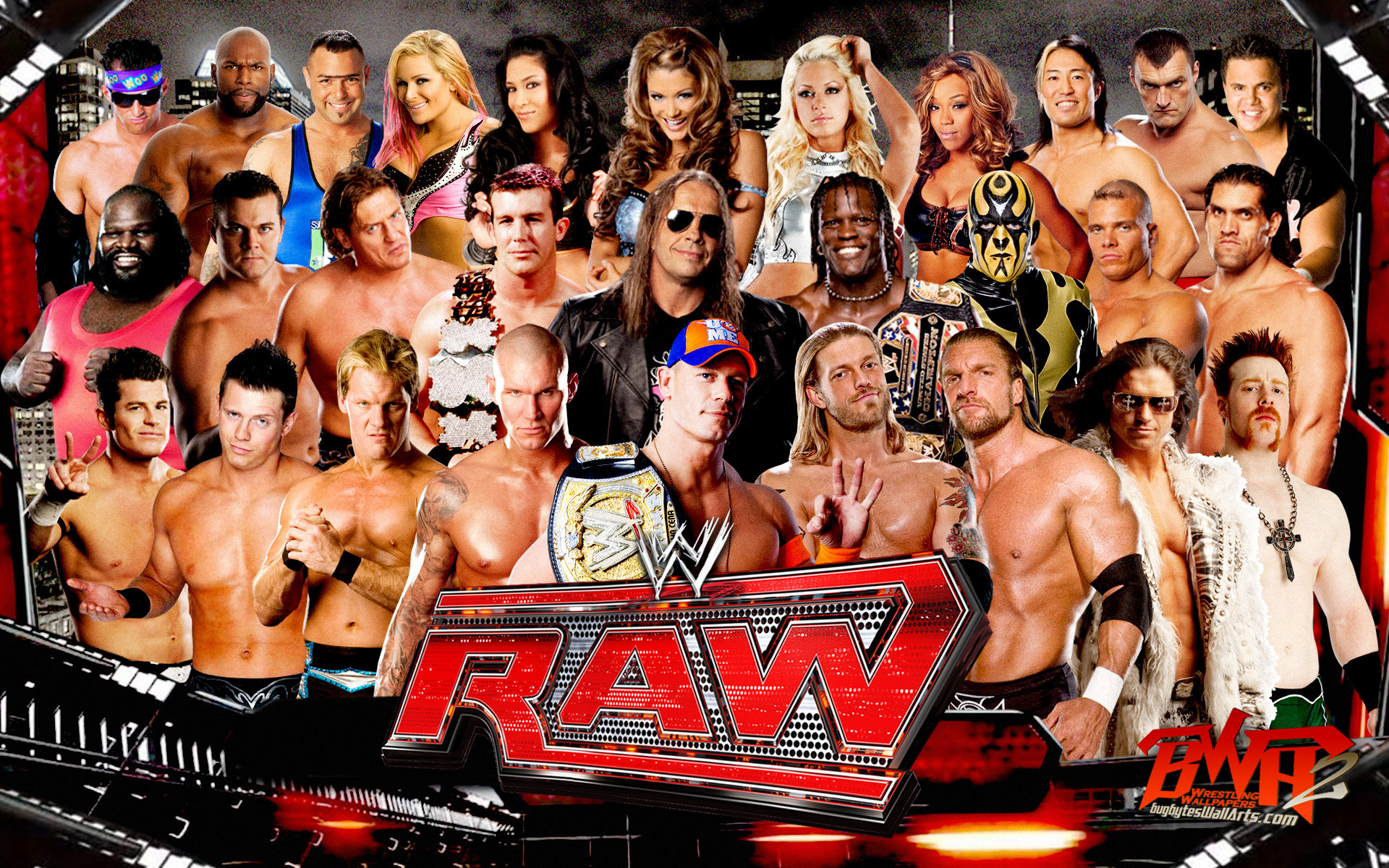Have you ever taken a fantastic picture or shot some amazing video, only to find you can't quite get the look you want from it later? Perhaps you've set your camera to a special setting, like "RAW," and then felt a bit stuck when trying to see your creations on your phone or computer. It's a rather common experience, you know, encountering files that seem a little stubborn to open. This feeling of being unable to access your own work, like when those images just don't show up after you've used a card reader, can be pretty frustrating, can't it? Well, that's where understanding what is raw footage really comes into play, offering a whole new world of creative freedom for your digital media.
You see, when we talk about what is raw footage, we're actually talking about the most basic form of data captured by your camera's sensor. Think of it, if you will, as the digital equivalent of a film negative from the old days. It's not a finished picture or a ready-to-watch video clip; instead, it's a rich collection of all the light information your camera gathered at the moment of capture. This unprocessed state means it holds a lot more detail and potential for adjustments later on, which is a pretty big deal for anyone serious about their visuals.
So, why would you even bother with something that isn't immediately viewable? Well, the beauty of what is raw footage lies precisely in its untouched nature. It gives you, the creator, immense control over how your final image or video will look. Imagine being able to fine-tune things like brightness, colors, and even how sharp things appear, all without losing any quality. It's a bit like having all the ingredients for a delicious meal, allowing you to season it exactly to your taste, rather than getting a pre-made dish. This article will help you get a better grip on this powerful format and how you can work with it.
Table of Contents
- What Is Raw Footage: A Closer Look
- RAW vs. JPEG: Understanding the Difference
- Opening and Viewing RAW Files
- Converting RAW Files for Easier Use
- The Many Faces of RAW: Different Camera Formats
- RAW Video and Its Advantages
- Frequently Asked Questions About RAW Footage
- Embracing the Potential of RAW Footage
What Is Raw Footage: A Closer Look
At its heart, what is raw footage is a collection of data, a kind of digital package, if you will. It’s not, strictly speaking, a finished photo or a video ready for viewing. Instead, it holds all the precise details from your camera's sensor at the exact moment you pressed the shutter or hit record. This includes things like the exposure settings, the white balance your camera used, and the ISO sensitivity, among other bits of information. It's very much like a digital negative, you know, waiting to be developed into something beautiful.
This unprocessed nature is why RAW files tend to be quite large in size. They contain so much more information than, say, a standard JPEG file. Because no information has been thrown away or compressed in a "lossy" way, every single piece of light and color data that the camera sensor picked up is preserved. This gives you, the person doing the editing, a much wider range of flexibility when you get to the post-production stage. You can really push the boundaries of what's possible with your images and videos, actually.
When you capture something in RAW, your camera essentially saves all that raw sensor data without applying any of its own in-camera processing, like sharpening, noise reduction, or color adjustments. It's a bit like getting all the ingredients for a cake without any of them being mixed yet. This means you have full control over those creative decisions later on, which is rather empowering for anyone wanting to truly shape their visual stories. So, in a way, it's the purest form of your captured moment.
RAW vs. JPEG: Understanding the Difference
When people ask what is raw footage, they often want to know how it stacks up against a more familiar format, like JPEG. Well, JPEG is a very popular image format, especially for sharing things on the internet. It's known for being widely supported and having a relatively small file size. The thing about JPEG, though, is that it's a "lossy" compressed format. This means that when your camera saves a picture as a JPEG, it throws away some of the image data to make the file smaller. It's a bit like squishing a large box into a smaller one, you know, some things might get left out.
RAW, on the other hand, is completely different. As we've talked about, it's an uncompressed or minimally compressed file that retains all the data from the camera's sensor. This gives you a huge amount of "post-processing space," as some folks call it. You can make significant adjustments to exposure, white balance, and colors without introducing much, if any, visual degradation. With a JPEG, if you try to make big changes, you'll likely see the image quality start to fall apart pretty quickly. It's just not designed for that kind of heavy editing, really.
Think of it this way: a JPEG is like a finished photograph from a print shop – it's ready to go, but you can't really change the lighting or colors much. A RAW file, though, is like that digital negative we mentioned; it holds all the original light information, allowing you to "develop" it in many different ways. This makes RAW the preferred choice for professional photographers and videographers who need maximum control over their final output. It's a much more flexible starting point, you know, for creative work.
Opening and Viewing RAW Files
One of the first hurdles people often hit when they start working with what is raw footage is simply trying to open or view it. You might set your camera's image quality to RAW, then try to connect it to your phone, only to find the RAW photos just won't show up. Or, you might use a card reader to plug it into your computer, and still, the pictures are nowhere to be seen. This can be a bit confusing, especially if you're used to JPEGs just appearing instantly, can't it?
The good news is that you can often view RAW files directly with specific image viewing software. There are many programs out there designed to handle these kinds of files. For instance, something like XnView MP is a rather versatile option; it supports a wide array of common image formats, including many RAW types. If your usual photo viewer isn't cutting it, trying a dedicated RAW viewer is usually the first step. It's like needing a special key for a special lock, you know.
For Windows 10 users, there's actually a very straightforward solution if your computer isn't previewing RAW photos. You can install a free "Raw Image Extension" provided by Microsoft. This little add-on helps your operating system understand and display these files without needing a separate program for basic viewing. It's a pretty handy tool, making things a little easier for everyday use. So, in some respects, there are simple ways to get these files to show up.
Common Software for Viewing and Editing RAW
- **Adobe Photoshop and Lightroom:** These are industry standards, widely used for their powerful editing capabilities. They treat RAW files as digital negatives, offering extensive control.
- **Capture One:** Another professional-grade option, often favored for its excellent color rendition and tethering features.
- **Darktable (Open Source):** A free and open-source alternative that provides a comprehensive suite of tools for RAW photo editing, very similar to Lightroom.
- **GIMP (with RAW plug-ins):** While primarily a raster graphics editor, GIMP can handle RAW files with the right plug-ins, offering a free option for basic adjustments.
- **Camera Manufacturer Software:** Most camera brands, like Canon, Nikon, and Sony, provide their own proprietary software for viewing and basic editing of their specific RAW formats.
Converting RAW Files for Easier Use
Sometimes, even after you understand what is raw footage, you might find that you just need a more common file type for sharing or for simpler editing programs. In these cases, converting your RAW files into something like JPG, PNG, or JPEG is a pretty common practice. Many of the viewing and editing software options we just talked about also have built-in conversion features. It's a quick way to get a more universally compatible version of your image, actually.
For those who prefer a more standardized RAW format, converting to DNG (Digital Negative) is another excellent option. Adobe, for example, offers an official conversion tool, which is quite useful. This tool, which is about 500MB in size, lets you convert RAW files from almost any camera into the DNG format. DNG is an open-source RAW format that aims to provide a long-term archival solution for digital negatives, meaning your files will likely be readable by future software, which is a rather good thing for longevity.
The process of conversion is usually quite simple. You open your RAW file in a compatible program, make any initial adjustments you want, and then choose to "export" or "save as" a different file type. This creates a new file in the desired format while leaving your original RAW file untouched. This means you always have that original, high-quality data to go back to, which is a big advantage. So, you know, you get the best of both worlds.
The Many Faces of RAW: Different Camera Formats
It's interesting to note that while we talk about what is raw footage as a general concept, not all RAW files are exactly the same. Different camera manufacturers often have their own unique, proprietary RAW formats. For instance, Canon's newer cameras, like the 5D Mark IV and some of their mirrorless models, use a format called CR3. While CR3 is indeed a type of RAW file, it's important to remember that not all RAW files are CR3. Similarly, Nikon uses NEF files, and Sony cameras produce ARW files, both of which are also types of RAW. It's a bit like different languages all falling under the umbrella of "speech," you know.
This variety in formats can sometimes lead to compatibility issues. You might find that some software can open one brand's RAW files but not another's, at least not without an update or a specific plug-in. This is often due to copyright issues, with each company having its own specific format and decoding software. Companies that license more formats or develop their own universal decoders tend to offer better format support, which can make post-processing a bit smoother, actually.
For example, Canon's R5 camera uses a RAW format with the suffix .crm, which is part of their Cinema RAW Light family. This highlights that even within a single brand, there can be different RAW variations, especially when you consider both still photography and video. Understanding these distinctions helps you choose the right software and workflow for your specific camera and needs. It's just a little detail that makes a big difference, you know, in getting your work done.
RAW Video and Its Advantages
When we talk about what is raw footage, it's not just about still images; video can also be captured in RAW format. Raw video is essentially unprocessed light information gathered directly from the camera's sensor. Just like with still photos, this means the video file contains the maximum amount of visual data, without any of the camera's internal processing or compression applied. This is a pretty significant advantage for filmmakers and videographers, actually.
One of the biggest benefits of shooting video in RAW is the ability to non-destructively adjust key parameters in post-production. You can change the white balance, ISO, and exposure values without losing any quality, even after the footage has been shot. This flexibility is incredibly valuable, especially when you're working in challenging lighting conditions or if you want to achieve a very specific look. It's like having a digital darkroom for your moving pictures, you know, offering immense creative freedom.
It's also worth noting the distinction between RAW video and "Log" mode. While Log modes (like Canon Log, S-Log, V-Log) also aim to preserve dynamic range and offer more flexibility in grading, they are not the same as true RAW. Log footage is still processed and compressed to some extent, whereas RAW is the pure, untouched sensor data. Both have their uses, but RAW video typically provides the ultimate level of control and image quality for professional productions. So, in a way, RAW is the purest form of video data you can get.
Frequently Asked Questions About RAW Footage
What's the main difference between RAW and JPG files?
Basically, RAW files are like digital negatives; they contain all the unprocessed data from your camera's sensor, giving you maximum flexibility for editing. JPG files, on the other hand, are processed and compressed by your camera, making them smaller and easier to share, but with less room for significant adjustments later on. It's a bit like having all the original ingredients versus a ready-made meal, you know, for your creative work.
Why can't I open my RAW photos on my phone or computer?
Often, your phone or standard computer viewing software doesn't have the built-in ability to interpret and display RAW files directly. These files require specific software or extensions because they're not yet "developed" into a viewable image. You might need to install a dedicated RAW viewer, a camera manufacturer's software, or a special extension (like the Microsoft Raw Image Extension for Windows) to see them. It's just a little extra step, actually, to get them to show up.
Do all cameras use the same RAW format?
No, they don't. While "RAW" is a general term, different camera brands and even different models within the same brand often use their own proprietary RAW file formats. For example, Nikon uses NEF, Canon uses CR2 or CR3, and Sony uses ARW. This is why you sometimes need specific software updates or converters to work with files from various cameras. So, you know, there's a bit of variety out there.
Embracing the Potential of RAW Footage
Understanding what is raw footage really opens up a world of creative possibilities for anyone who captures images or videos. It gives you, the creator, unparalleled control over the final look of your work, allowing for extensive adjustments without compromising quality. While it might seem a little intimidating at first, with its larger file sizes and the need for specific software, the benefits for serious photographers and videographers are quite significant. It's a format that truly respects the integrity of your captured data, you know, giving you the best starting point.
Whether you're looking to recover details from underexposed areas, fine-tune colors to perfection, or simply have the most pristine original file for archival purposes, RAW delivers. It’s a powerful tool that, once you get the hang of it, can elevate your digital media to a whole new level. So, if you're ready to take your visual storytelling up a notch, exploring RAW is definitely a step worth taking. You can learn more about digital photography techniques on our site, and also find resources on how professional photographers utilize RAW files for their projects.



